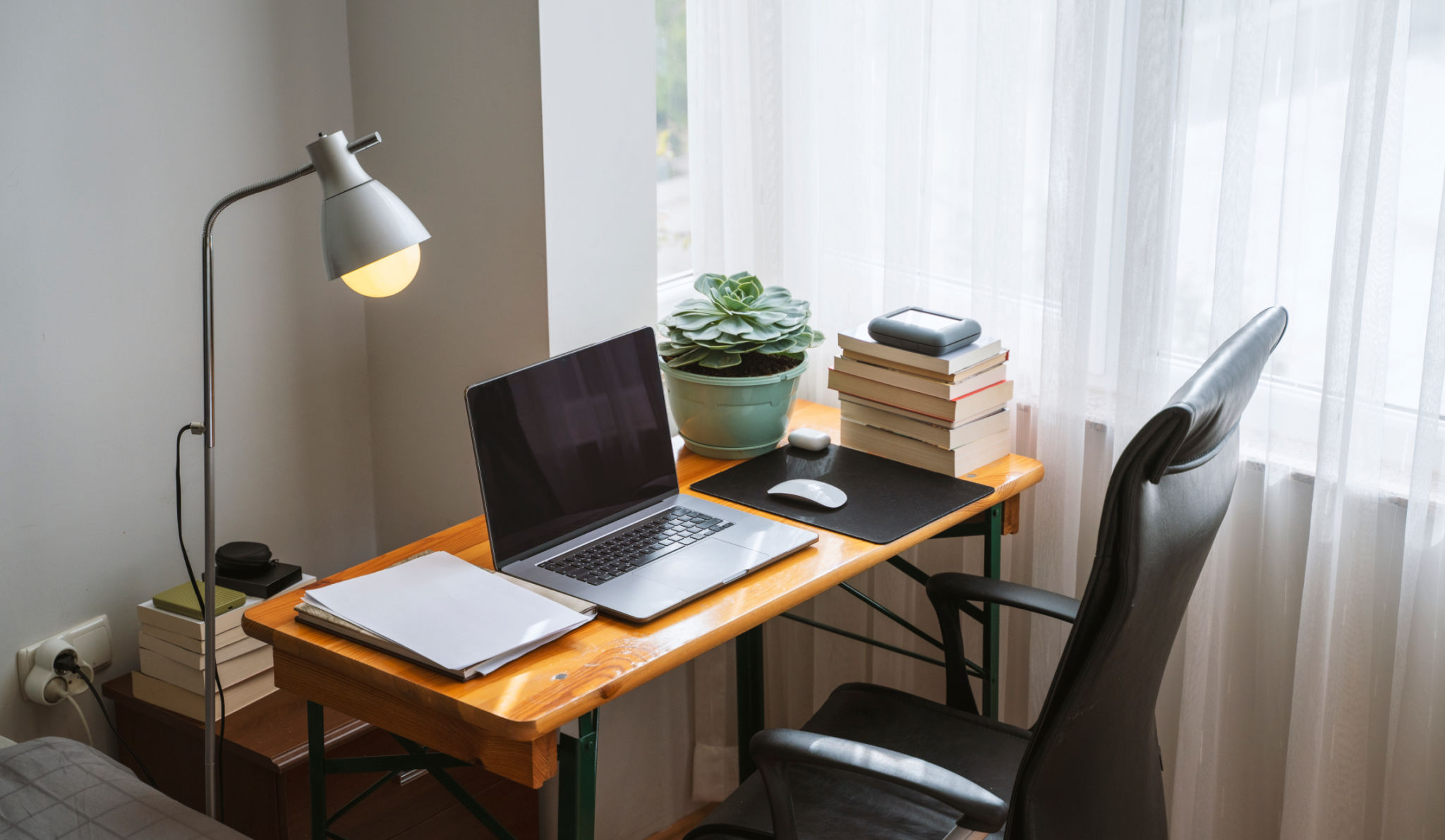How to Create an Effective Learning Environment at Home
Understanding the Basics of a Home Learning Environment
Creating an effective learning environment at home is essential, especially in today's world where online education has become increasingly prevalent. A well-structured and conducive learning space can significantly enhance focus and productivity. It is important to understand that the environment encompasses not only physical space but also the emotional and psychological aspects that support learning.
Choosing the Right Space
The first step in setting up a home learning environment is to choose the right space. Ideally, this should be a quiet area away from distractions like television or noisy family activities. Natural light can boost mood and concentration, so try to select a spot near a window. If natural light isn't available, ensure adequate artificial lighting to reduce eye strain.

Organizing Your Learning Materials
Having all necessary materials organized and within reach is crucial for a productive learning session. Consider using shelves or bins for books and supplies to keep the area tidy. A clutter-free environment can help maintain focus and reduce stress. Additionally, digital tools and resources should be easily accessible on your computer or tablet.
Implementing Ergonomics
Comfort plays a significant role in maintaining attention during study sessions. Ensure that the furniture used is ergonomic. A chair with good lumbar support and a desk at the appropriate height can prevent physical discomfort and improve posture. Taking short breaks to stretch and move around is also beneficial for both physical and mental health.

Establishing a Routine
A consistent schedule can greatly enhance the effectiveness of a home learning environment. Set specific times for study, breaks, and other activities to create a sense of normalcy and structure. This routine helps train the brain to be ready for learning during these designated times, increasing productivity.
Incorporating Technology Wisely
While technology is a powerful tool for learning, it's essential to use it wisely. Limit access to distracting websites or apps during study times. Many tools and applications are available to help block distractions and keep students focused on their tasks. Additionally, use educational apps and platforms that promote interactive and engaging learning experiences.

Creating a Positive Atmosphere
The emotional environment is just as important as the physical space. Encourage a positive mindset by setting realistic goals and celebrating small achievements. Create a supportive atmosphere where questions are encouraged, and mistakes are viewed as learning opportunities. This helps build confidence and motivation.
Fostering Independence
Encourage students to take charge of their learning by setting personal goals and managing their own schedules. This fosters independence and improves time-management skills. Provide guidance when necessary but allow them the freedom to explore subjects that interest them.
In conclusion, creating an effective learning environment at home requires attention to both physical setup and psychological factors. By organizing materials, using ergonomic furniture, establishing routines, incorporating technology wisely, fostering independence, and creating a positive atmosphere, you can enhance the overall learning experience at home.